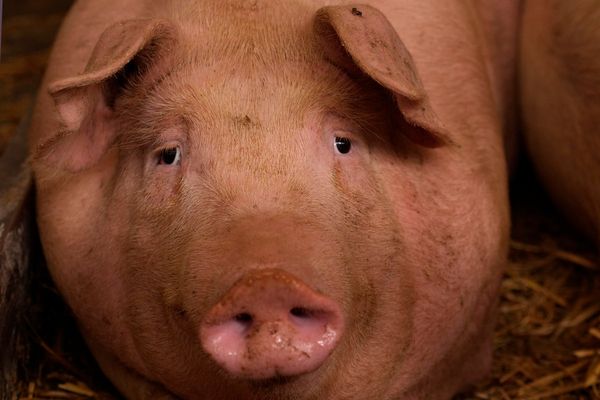
It is a spring Sunday morning and there is a slight warmth in the sun. I take a walk up through Hampstead to the allotment. Past the shops teeming with customers, the gathering of Deliveroo riders waiting on pastry orders.
I am here to check on the progress of the “new” daffodils, our older narcissi. They are slower to grow here in soil at the high top of the hill than in pots on the roof terrace at home. Our autumn-sown edible leaves are waking from winter dormancy. Growing faster now in the slightly warmer, longer days. The chicories have revived. The frilled mustards, too.
I spot a few tiny nasturtium leaves, though it’s impossible to tell whether they are from my recent impulse scattering or – more likely – self-sown from last year’s flowers. The wild fennel is starting to shoot. It is too early to get over-excited but there’s the beginning of promise in the air.
I spot a work party clearing the communal pond. Some neighbours are fishing out fallen leaves and pond weed but the big excitement is the arrival of spawn.
The frogs are out of hibernation and glistening mounds of black globules are everywhere. Echoes here of my country childhood when we would bring it in jars into school. Today, I worry about the herons who scout out the site at this time of year.
I spend a happy half an hour pulling insistent sycamore shoots, scattered widely, wildly, through the plot. There will soon be many more I missed. There are bluebells at the gate, crocus and snowdrops on the hill. Trees are throwing out blossom, the school mimosa is a happy sight.
As I leave, a neighbour is unearthing over-wintered potatoes, his autumn harvest halted by the arrival of blight on the site. He offers me a handful. I happily take them home.
Allan Jenkins’s Plot 29 (4th Estate, £9.99) is out now. Order it for £8.49 from guardianbookshop.com







